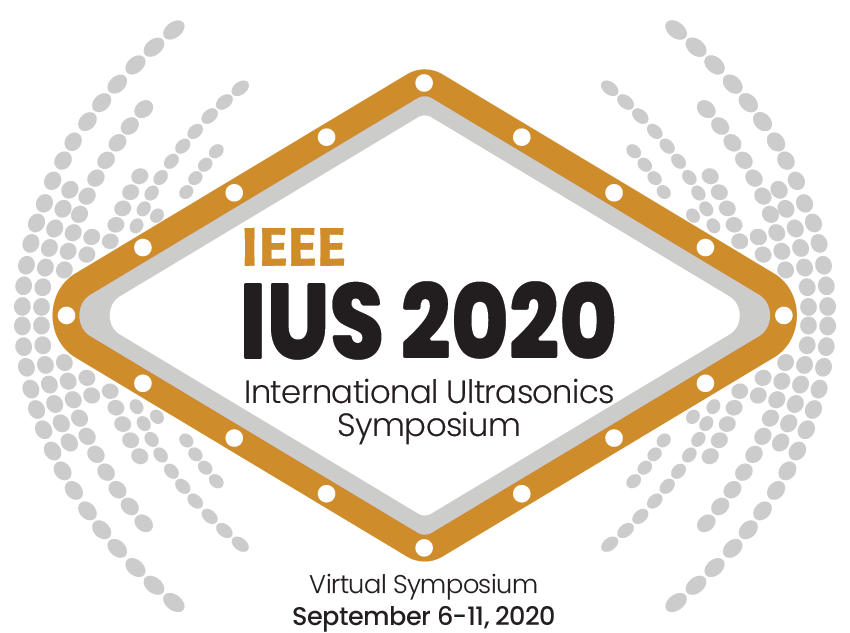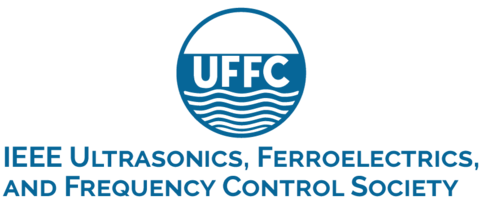Abstract
The Laser Interferometer Gravitational-wave Observatory (LIGO) collaboration completed the two Advanced LIGO detectors, one in Washington State and one in Louisiana, in early 2015. Each LIGO detector is a Michelson-type interferometer with arm lengths of 4 km (2.8 miles), acting as a very sensitive laser rangefinder measuring the distance from a central vertex to mirrors 4 km away.
By August 2015, the two detectors were working well, only a bit short of their designed sensitivity (as is normal at the early stage of such a complex project). The laboratories were scheduled to begin an observing run in late September 2015 and to continue this run into January 2016. In the early morning of 14 September 2015, while conducting engineering studies of the detectors, a strong transient signal was observed. Online analysis flagged this event 3 minutes after it was received. In February 2016, the collaboration announced that LIGO had observed gravitational waves from a binary black hole merger.
Two black holes, each about 30 times heavier than our Sun, orbiting each other much as the moon and Earth orbit each other, lost orbital energy by gravitational-wave emission and crashed into each other, forming a single, heavier, black hole. The emission briefly became as energetic as all the stars in the Universe. Since this Nobel-prize-winning discovery, almost 70 similar events are in the catalog, both black-hole and neutron-star mergers.
The University of Florida built the input optics for both initial and Advanced LIGO and has been carrying out online and off-line data analysis for generic gravitational wave transients in the LIGO data stream. This, the detections, the current status of LIGO, and the prospects for the future will be discussed.











